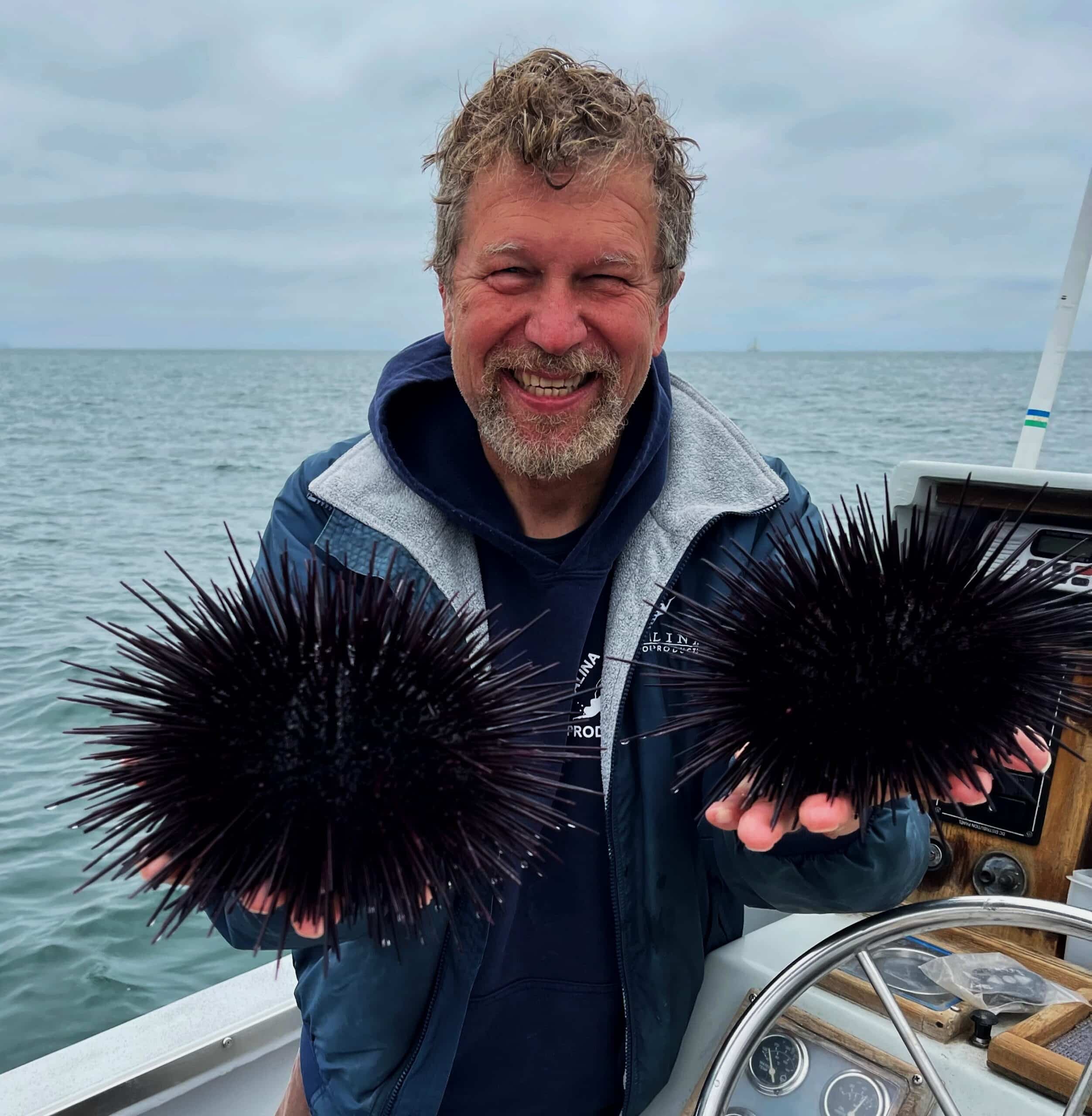
Road Closures and Detours for March 15 – March 18
Catalina Offshore Products Inc will have its main entrance to our facility blocked off for construction. During this time we will have a detour to enter our facility from a slight detour.
FREE Overnight Shipping over $300 ($200 in CA)
This reprinted article was originally published by NOAA Fisheries Resources Division on August 29, 2018

The assessment also projected the stock’s performance based on its status in 2016, management measures in place now, as well as other harvest scenarios. Overall, the analyses indicate that the stock biomass is expected to reach the initial biomass rebuilding target adopted by the Western and Central Pacific Fisheries Commission (WCPFC) by 2024 with a 98% probability, and the second biomass rebuilding target by 10 years after reaching the initial rebuilding target or by 2034, whichever is earlier, with a 96% probability. Experts have not yet determined the amount of biomass that would indicate the population is recovered or rebuilt.
See the 2018 stock assessment and projections
The Inter-American Tropical Tuna Commission is expected to adopt catch limits for 2019 and possibly beyond at its annual meeting in August 2018. Given the projections for achieving the rebuilding targets are optimistic, the WCPFC may consider increasing catches when it meets in December 2018.
The best way to ensure the long-term sustainability of Pacific bluefin tuna is through international cooperation. NOAA Fisheries recognizes concerns about low numbers of Pacific bluefin tuna, and the United States has taken several steps to control the impact of U.S. harvests and has led international action to reduce fishing mortality, rebuild the species, and monitor status.
ISC also assessed the shortfin mako shark and Western and Central Pacific swordfish populations this year and noted no concerns about these stocks.
Want more info? Check out these bluefin FAQs and NOAA’s Pacific bluefin tuna page.

Catalina Offshore Products Inc will have its main entrance to our facility blocked off for construction. During this time we will have a detour to enter our facility from a slight detour.

Catalina Offshore Products Inc announces sale to Beish Holdings Inc., DBA Catalina Offshore Products, as founder Dave Rudie sets sail for retirement after 46 years.

This classic white fish ceviche gets a San Diego-style kick from Blaze 619 Mango Chili and Pineapple Habanero hot sauces.

Road Closures and Detours for March 15 – March 18
Catalina Offshore Products Inc will have its main entrance to our facility blocked off for construction. During this time we will have a detour to enter our facility from a slight detour.

Catalina Offshore Products Inc announces sale to Beish Holdings Inc., DBA Catalina Offshore Products, as founder Dave Rudie sets sail for retirement after 46 years.

Blaze 619 San Diego-Style Ceviche
This classic white fish ceviche gets a San Diego-style kick from Blaze 619 Mango Chili and Pineapple Habanero hot sauces.